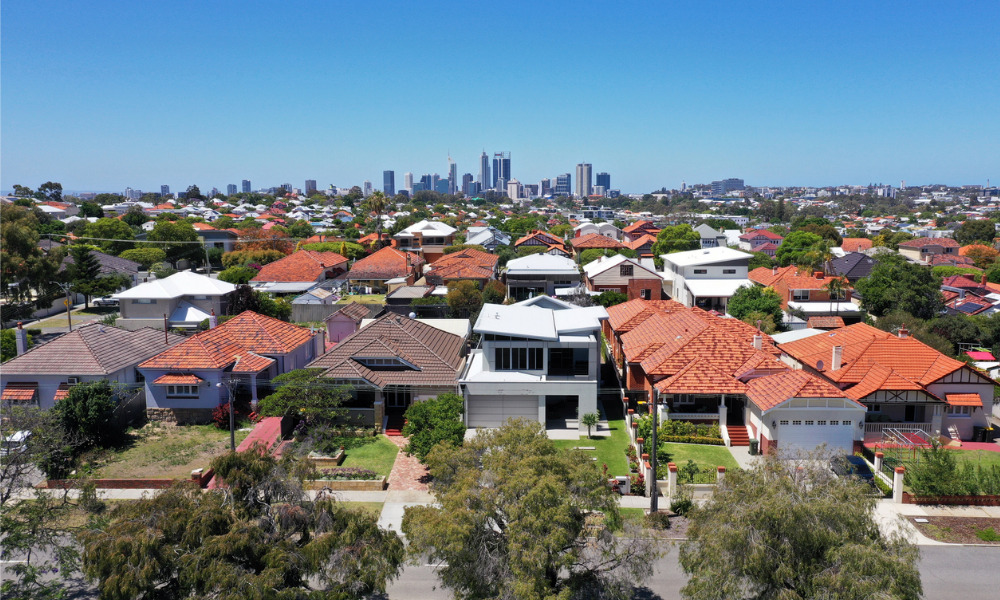RBA's hawkish stance upends the cautious optimism that had been building in the market

In a downgrade to its housing outlook, investment bank Jarden has predicted that house prices could fall by 20% to 25% as interest rates continue to rise.
The forecast – which comes as the Reserve Bank of Australia takes a hard line on rate rises in an attempt to combat inflation – is one of the least optimistic so far, The Australian reported.
Jarden analysts had previously predicted a price fall of 15% to 20%, with a bounceback of about 10% in 2024. Now, however, they expect prices to fall further and the cash rate to hit 4.1% by May.
“This is likely to see the average mortgage rate exceed 6% in the coming months and further reduce borrowing capacity, for a cumulative fall of more than 30%,” Jarden’s Carlos Cacho and Anthony Malouf wrote.
Cacho and Malouf said that prior to last week’s RBA meeting there was cautious optimism in the housing market and an expectation that the rate-hiking cycle would end soon, allowing house prices to stabilize, The Australian reported.
“We believe the RBA’s hawkish shift risks up-ending this budding optimism, seeing prices decline further,” they wrote. “Indeed, we now see too much downside risk to our long-held forecast of a 15-20% peak-to-trough fall in house prices and downgrade to a 20-25% correction.”
If correct, that forecast would see a 15% drop in 2023, becoming the largest on record and largely negating the COVID boom as it drove prices back down to 2020 levels, The Australian reported.
“However, we now see a stronger 10%-plus recovery in 2024, driven by a combination of the Australian Prudential Regulation Authority lowering serviceability the buffer to 2%, 1.5% of RBA cuts from 2024 and the Stage 3 tax cuts,” Cacho and Malouf wrote.
Read next: Latest rate rise puts 100,000 more in mortgage stress – report
However, the tougher environment could spur a 10% drop in home loan flows, which would amount to a 35%-40% peak-to-trough fall, The Australian reported. That could also stifle housing credit growth. Construction and building materials could also be impacted by a decline in housing starts.
Jarden said that APRA could provide some relief by lowering the mortgage serviceability buffer from 3% to 2%, and predicted the regulator would likely do so by September.
However, Jarden warned that if APRA failed to do so, there was further downside risk for prices – at least until the RBA started cutting rates again.
Jarden predicted that a risk of regulatory easing, rate cuts and the start of the tax cuts would spur a strong rebound for housing next year.
Have something to say about this story? Let us know in the comments below.



